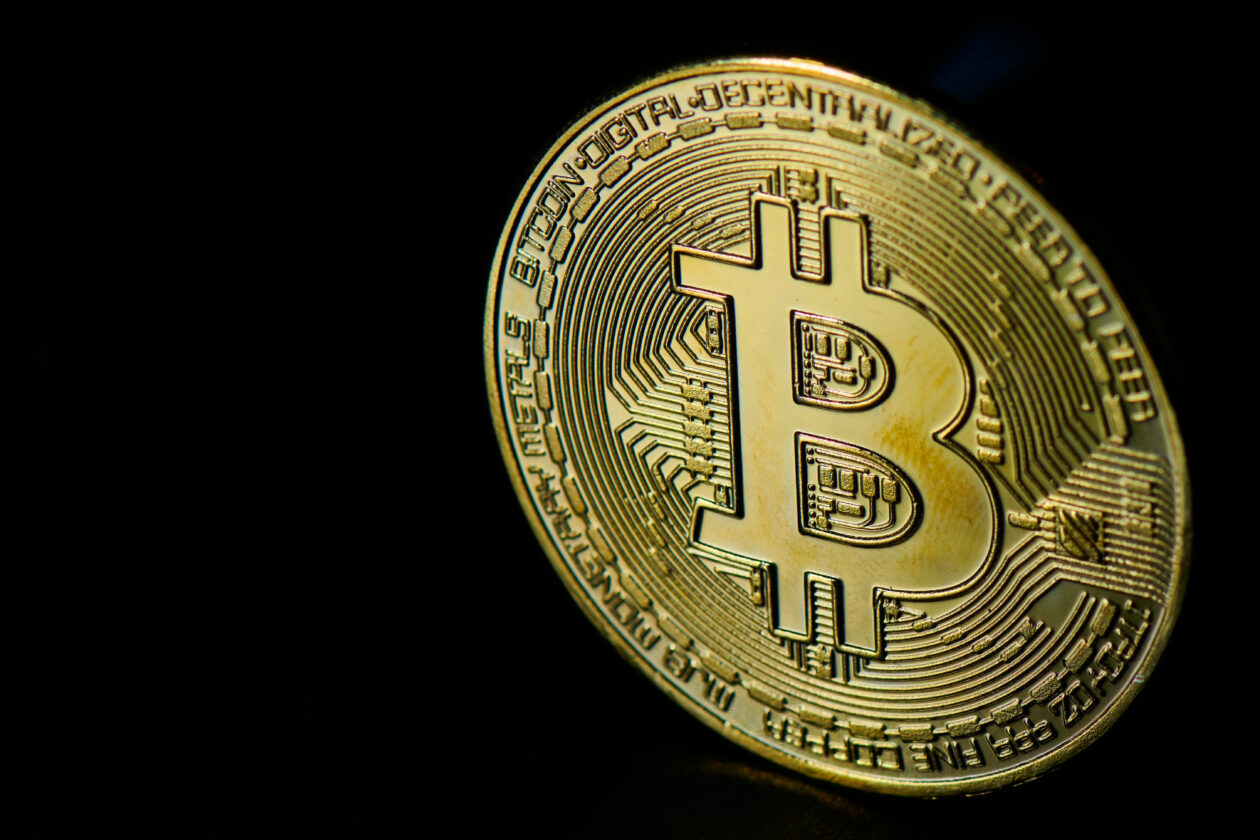Bitcoin fell in early Tuesday morning trading in Asia, dipping to US$28,000 and then falling through that support line later in the morning. Ether and the other top 10 non-stablecoin cryptocurrencies traded lower, with Polkadot and Solana leading the losers. The three major U.S. stock futures indexes fell after the month started with another bank failure in the U.S. Trading volume picked up in crypto overnight, but stock trading was thin ahead of the Fed’s decision on interest rates on Wednesday and more data on the state of the U.S. economy coming later this week.
See related article: Mad Lads tops weekly NFT sales in first week since launch
Crypto

Bitcoin fell 4.1% to US$28,058 in the 24 hours to 8:00 a.m. in Hong Kong, according to CoinMarketCap data. The drop left the world’s largest cryptocurrency with a slimmer seven-day gain of 1.97%. Uncertainty about the U.S. banking system and whether more failures will follow is making most investors cautious around crypto and other assets, despite recent predictions of substantial price gains for Bitcoin this year.
Ether fell 2.16% to US$1,830, dropping 0.6% for the week. The token’s price has now retraced back to values seen in early April and has given up most of the gains related to the Shanghai hard fork on April 12, which freed up billions of dollars in Ether to be withdrawn from staking pools.
Solana lost 3.45% to US$21.97, which could be profit-taking after the recent buzz around the debut of the blockchain’s first smartphone “Saga” scheduled for May 4. The token is still up 2.7% for the week. Polkadot led the losers, falling 3.73% to US$5.67 and bringing its seven-day decline to 3.81%.
The total crypto market capitalization fell 3.21% in the past 24 hours to US$1.16 trillion, while trading volume jumped 28.9% to US$40.97 billion.
NFT
In the non-fungible token (NFT) market, the Forkast 500 NFT index dipped 0.86% to 3,717.16 in the 24 hours to 8:00 a.m. in Hong Kong, losing 1.16% for the week.
While the index dipped, developments in the overall NFT market are picking up pace. Leading art auction house Sotheby’s, which has reportedly handled about US$120 million in NFT sales, is now offering peer-to-peer trades of NFT art between collectors on its platform via the Ethereum and Polygon networks.
Blur, currently the largest NFT marketplace by trading volume, said Monday it is launching a peer-to-peer NFT lending protocol called “Blend,” which will allow users to put up collateral for purchasing NFTs. Its developers say the service will use the same principle as a mortgage to buy a house and that it will bring more cash and users into the market.
Equities

U.S. stock futures dipped as of 8:00 a.m, in Hong Kong, flagging the direction of the market when Wall Street opens later on Tuesday. The Dow Jones Industrial Average futures lost 0.11%, and the S&P 500 futures index dipped 0.14%. The Nasdaq-100 futures dropped 0.15%.
All three indexes closed lower in regular Monday trade, overshadowed by the failure of First Republic Bank over the weekend, the fourth bank failure in the U.S. this year following Silvergate, Silicon Valley and Signature banks.
U.S. regulators took control of First Republic after it reported in April it had seen around US$100 billion, or more than 40% of deposits, withdrawn and the stock plunged. JPMorgan won the bidding to purchase the bank’s remaining assets, the Wall Street investment bank said in a press release on Monday.
In more industry gloom, Morgan Stanley said Monday it will cut another 3,000 jobs in the second quarter, according to Reuters, while Treasury Secretary Janet Yellen warned Monday that the U.S. government may default on its debt by June 1 if Congress doesn’t raise the debt ceiling.
Other indicators on the health of the U.S. economy and businesses coming this week include earnings from Apple, the world’s biggest company by market capitalization, on Thursday and jobs numbers for April on Friday.
Before those, however, the focus is on the Federal Reserve’s next move on interest rates, which is due on May 3. The Fed has repeatedly raised rates over the past year to try and bring inflation down to its target range of 2%.
With U.S. inflation still trending at around 5%, analysts at the CME Group now expect an 85.5% chance the Fed will raise rates by 25 basis points this week and this is largely priced into markets. Interest rates in the world’s biggest economy are currently between 4.75% to 5%, the highest since June 2006.
See related article: HKMA urges local banks to provide services to regulated digital asset firms






